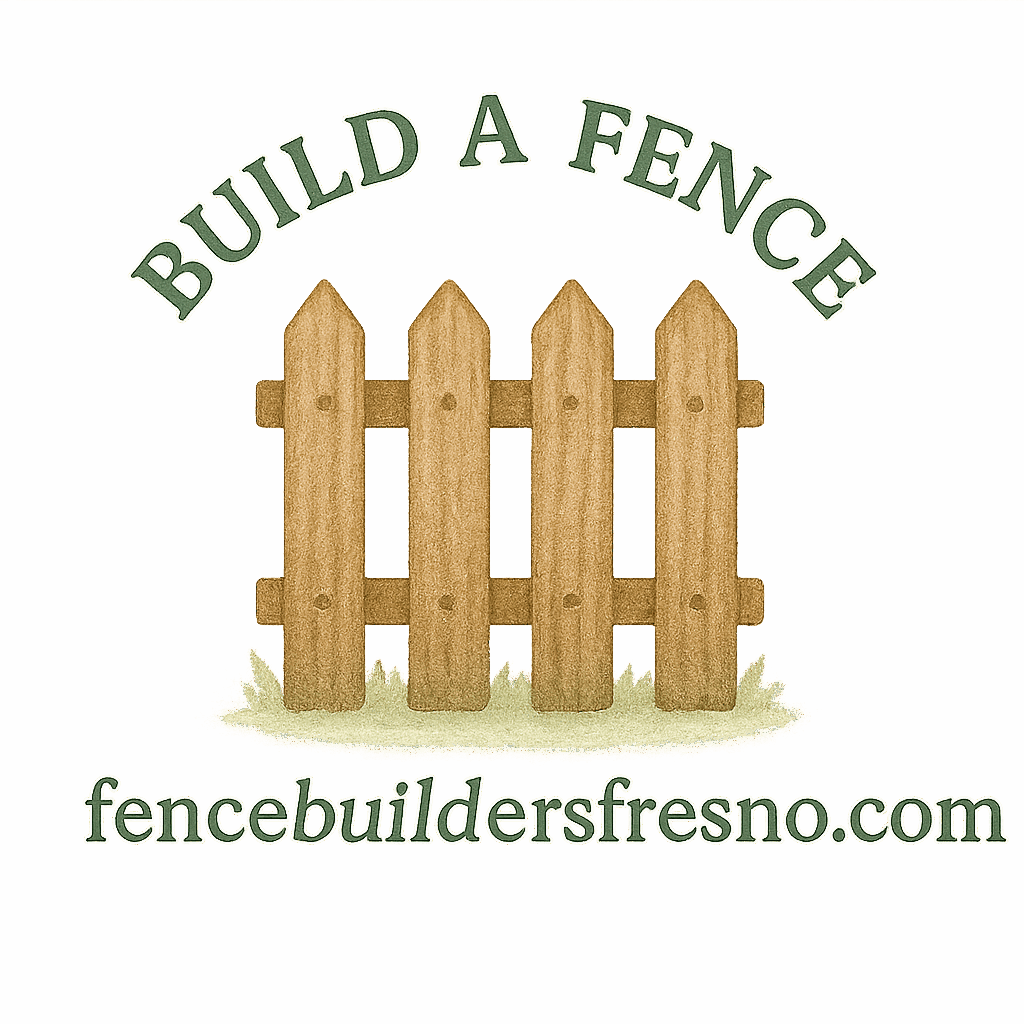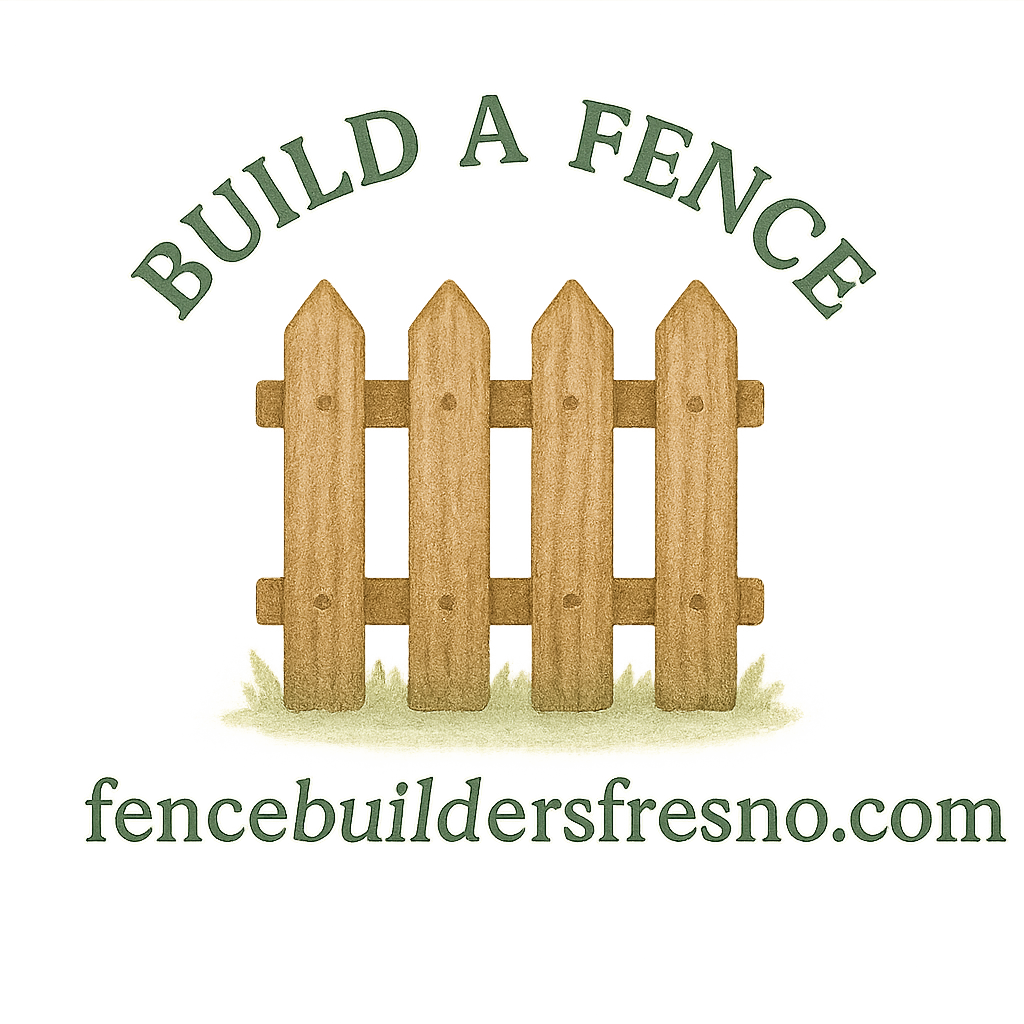Introduction: Why the Right Tools Matter in DIY Fencing
If you’re ready to take on a DIY fencing project, you’ve probably imagined the final look of your new fence—straight lines, sturdy posts, and a polished finish that adds both beauty and privacy to your home. But here’s the truth: no matter how creative your design ideas are, without the right tools your fence may not turn out the way you want.
Fencing is more than hammering boards into the ground—it’s a process that combines planning, preparation, and execution. And the difference between a wobbly fence and a durable, professional-looking one often comes down to the tools you choose.
Before diving into construction, check out these six must-have tools for DIY fencing planning that will make your project easier, safer, and more successful.
Understanding DIY Fencing Planning
What is DIY Fencing Planning?
DIY fencing planning is the stage where you map out your fence lines, measure your property, choose the right fence type, and gather essential tools. It’s the backbone of your project and prevents costly mistakes later.
If you’re new to fencing, start by reading fence building basics. This guide walks you through how to evaluate your yard, soil, and property lines before even touching a tool.

Benefits of Proper Planning Before You Build
- Saves money by preventing over-purchasing materials.
- Keeps fences legal by ensuring you respect property lines.
- Makes construction smoother because you’ll know exactly where each post and panel belongs.
- Improves design choices, especially if you also review fence design planning resources.
Think of it this way: planning is the blueprint for success. Skipping it is like trying to bake without a recipe—messy and unpredictable.
Essential Tools for DIY Fencing Projects
Here are the six tools that every DIY fence builder should have on hand.
1. Measuring Tape – Accuracy is Key
Accuracy is everything in fencing. A high-quality measuring tape helps you determine the right spacing between posts, calculate the length of panels, and ensure you don’t cross your property lines.
How to Use a Measuring Tape for Fencing
- Begin at one corner of your yard and measure along the proposed fence line.
- Mark post spacing (usually 6–8 feet apart).
- Double-check all measurements before cutting or digging.
For a deeper dive into measurement strategies, see this DIY fence guide.
Common Mistakes to Avoid with Measurements
- Forgetting to measure for gates.
- Using a short tape that doesn’t cover your full fence line.
- Measuring without a partner (which can lead to sagging tape and inaccurate numbers).
2. Post Hole Digger – Building a Strong Foundation
Fence posts are your fence’s backbone, and without secure posts, your fence will lean or collapse. A post hole digger (manual or powered) helps you dig uniform, deep holes for stability.
Types of Post Hole Diggers
- Manual diggers: Affordable but labor-intensive.
- Gas/electric augers: Perfect for larger projects or rocky soil.
Safety Tips for Digging Fence Post Holes
- Always call local utilities before digging (to avoid hitting underground lines).
- Use gloves to protect hands.
- Dig at least one-third of your post’s height for proper stability.
Want to avoid common post installation errors? Check the fence installation resources.
3. Level – Ensuring Straight and Even Fences
Nothing screams “DIY gone wrong” like a crooked fence. A level guarantees every post is perfectly vertical and every panel runs straight.
Why a Level is Non-Negotiable
Even if your eye thinks something looks straight, only a level can confirm it. Fences built without levels end up uneven, which shortens their lifespan.
Tricks for Leveling Long Fence Lines
- Pair your level with a string line for best results.
- Re-check alignment after setting each post.
- Take your time—precision beats speed.
If you’re planning a decorative or front yard fence, check decorative fence ideas for inspiration.
4. String Line & Stakes – Creating a Perfect Guide
Your fence should follow a straight path. That’s where a string line and stakes come in handy.
Using String Lines to Mark Property Boundaries
- Place stakes at the beginning and end of your fence line.
- Stretch a string tightly between them to form a guide.
- Align posts along the string for a uniform look.
Need help confirming your yard’s limits? Review property lines and legal property considerations before setting posts.
Mistakes to Avoid with String Line Setup
- Letting the string sag.
- Skipping property surveys.
- Accidentally shifting stakes mid-project.
5. Power Drill – Speeding Up Fence Assembly
When it comes to fastening panels, rails, or hinges, nothing beats a power drill.
Best Drill Types for Fencing
- Cordless drills: Perfect for maneuverability.
- Impact drivers: Best for tough materials like metal posts or dense wood.
Tips for Driving Screws into Tough Wood or Vinyl
- Pre-drill holes to prevent cracking.
- Use the right drill bits for wood, vinyl, or metal.
- Always keep extra batteries on hand.
For material-specific installation, check wood fence care and vinyl fence guides.
6. Safety Gear – Protecting Yourself While Working
DIY fencing isn’t just about the fence—it’s about keeping you safe.
Must-Have Safety Gear for Fence Builders
- Gloves: Protect from blisters and splinters.
- Safety glasses: Shield eyes from debris.
- Steel-toe boots: Safeguard against heavy materials.
Preventing Injuries on DIY Projects
- Keep a first-aid kit nearby.
- Take regular breaks to avoid exhaustion.
- Always work with a buddy when lifting heavy posts.
More tips on avoiding injuries can be found under fence maintenance and repair.
Additional Helpful Tools for Smooth Fence Installation
Beyond the essentials, a few bonus tools make the job easier:
- Shovels and Spades: For digging and clearing soil.
- Wheelbarrows: Useful when mixing and hauling concrete.
- Clamps: Keep panels stable while attaching.
Common Mistakes Beginners Make in DIY Fencing
Even with tools, mistakes can ruin your project. Avoid these pitfalls:
- Skipping measurements and planning.
- Using improper tools.
- Ignoring fence encroachment issues, which can spark neighbor disputes.
Legal and Property Considerations Before Building
Before hammer meets post, check the legal side of things.
Checking Property Lines
Always confirm exact boundaries—review the property rights page to avoid disputes.
Neighbor Disputes and Fence Encroachment
Communicate with neighbors early to prevent conflicts. Learn about legal disputes that often arise from fencing.
Permits and Local Regulations
Many areas require permits for fences above certain heights. Visit the legal fencing section for guidance.
Fence Materials and Tool Compatibility
Different fence types may need specialized tools.
- Wood fences: Need saws, drills, and clamps.
- Vinyl fences: Require sharp cutters and impact drills.
- Chain link fences: Use pliers and tensioning tools.
For detailed comparisons, check fence types comparisons.
Maintenance Tools for Fence Longevity
Building the fence is only step one. Keeping it strong requires regular upkeep.
- Upkeep tools: Paintbrushes, sprayers, cleaning kits.
- Repair tools: Wrenches, patch kits, replacement screws.
Explore more in upkeep tips for long-term durability.
Tips for First-Time DIY Fence Builders
- Start with a small project like a front yard fence.
- Call a professional if you encounter underground obstacles or complex slopes.
Conclusion: Get Equipped and Start Building
DIY fencing isn’t about brute force—it’s about preparation, precision, and the right set of tools. With your measuring tape, post hole digger, level, string line, power drill, and safety gear, you’ll be equipped to build a strong, straight, and beautiful fence.
And remember: your tools don’t just build fences—they build confidence. With every post you set, you’ll not only add value to your property but also gain the satisfaction of creating something with your own two hands.
FAQs
What is the most important tool for DIY fencing?
A measuring tape—accuracy sets the foundation for success.
Can I build a fence without power tools?
Yes, but it will take longer. For easier work, use tools from the DIY fence section.
How deep should fence posts go?
At least one-third of their length, usually 2–3 feet.
Is it cheaper to DIY a fence than hire a pro?
Yes, especially if you follow low-maintenance tips to reduce future costs.
What safety gear is essential for fencing?
Gloves, glasses, and boots—check durable fencing tips for gear suited to long-term projects.
Can I use regular tools instead of specialized ones?
You can, but specialized tools save time and prevent errors.
How do I know if my fence is straight?
Use a string line and level. See home fencing for straight-line building advice.


